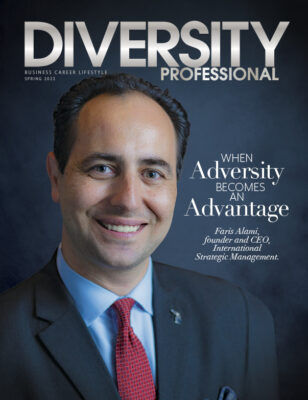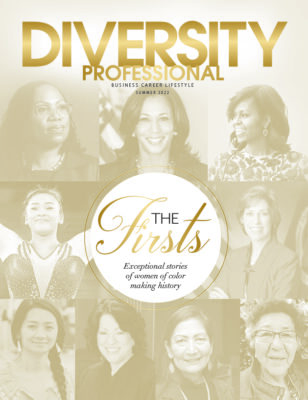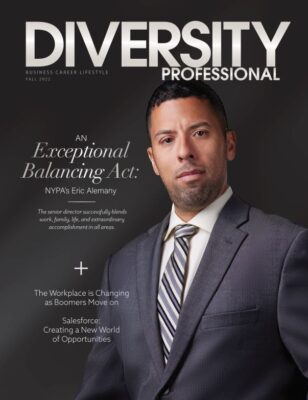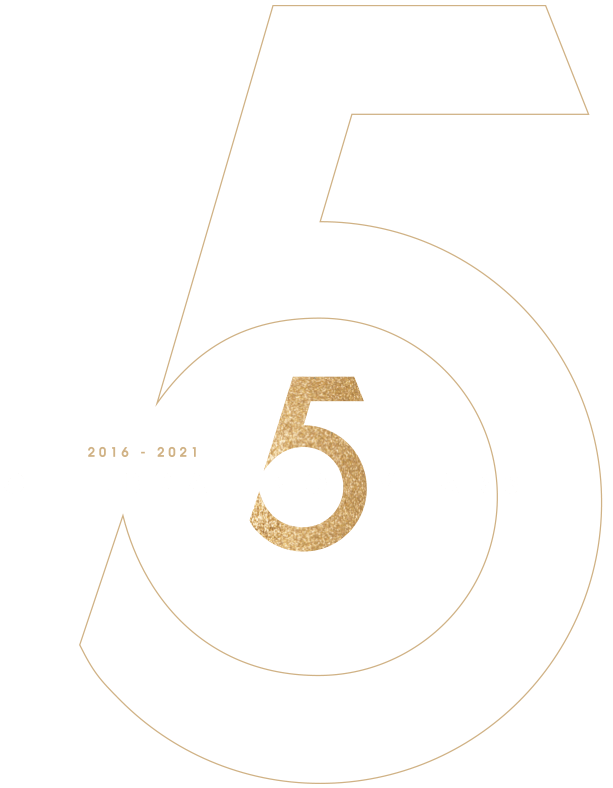Making Informed Decisions About Information
Data and news come at us at an ever-increasing speed. We have seen the statistics: every 60 seconds there are 100 more LinkedIn accounts, 168 million e-mails sent, 13,000 iPhone apps downloaded, so forth and so on.
The biggest challenge is that you can find data to support pretty much any position you want to take on any given topic. I’ll use an example. Recently, there was a photo that went viral of a few school kids in their MAGA hats, who appeared to be snarling (or at least snarking) at a Native American man. If you saw it (before or now), would you say you were quicker to react or review? This brought me to my next question. Have many people become so lax that they latch on to information before thoroughly checking the facts? Even to the point where they no longer question where the information came from? That’s a dangerous median to live in.
How can you tell if the news is real or just misinformation? How do you really know, what you know? These are things I think about daily, and I want to share with you some ways you can become a more informed consumer of data and information.
First, regardless of the source, know that information should be vetted. Everyone is compelled to take a side and tell you how you should feel about what they are telling you. But, technically it’s all advertising now.
Next, learn to look at information objectively. Give it the STAR review—Source, Timeline, Action and Results.
■ WHAT IS THE SOURCE OF THE INFORMATION? Is the provider a byline (someone’s name), publication or study provider? Would I expect them to have any sort of expertise in the area being covered? Is it credible? If the University of Wisconsin is telling you to eat more cheese thanks to a study paid for by the Cheese Producers of America, should you take the information at face value?
■ WHAT IS THE TIMELINE FOR THE INFORMATION? Is this a study telling you what Democrats in the 1960s thought about something, or is it recent? If you cannot determine when the information was assembled, it’s questionable.
■ IS THERE AN ACTION THE WRITER/PRESENTER IS TRYING TO GET YOU TO TAKE? If so, why would they want you to take that action? Will they gain from it if you do? How? Understand what drove and paid for the information you are getting.
■ FINALLY, HOW ARE THE RESULTS BEING PRESENTED? Do they give you facts and let you draw your own conclusions? I don’t have an issue with someone trying to persuade me to a certain opinion, but I do want to be able to tell the difference from facts and their opinions or conclusions. If that isn’t clear, it is all suspect.
Are the results really results? I read an article recently about a particular product that said that over 80 percent of the people who tried it, were happy with it. Wait a minute! So the number of people who were even willing to try the product could have been 10 out of 1,000 people. Eight of those paltry ten would have given it a thumbs up; meaning 20 percent of the people who were convinced to try it said, “No thanks?” Not much of a recommendation when you break down the math, is it?
So where do you find credible information? If you are buying a new car, do you go to the dealership first and take the salesman’s word about things? No, you collect data and compare it critically. You should put at least that much effort into something you are always going to put your time, money or good name into. Ask questions. Don’t feel like you have to take information as presented. It’s a fair ask to want to know more.
I suggest fighting your initial reaction to “run” with something that supports your opinion, without looking deeper into it. Instead of only reading the overview, click on the links that give you data behind articles. Read transcripts of events and meetings. In politics, use sites like PolitiFact and FactCheck.org, and apps like Countable. This app allows you to see what your elected representatives are voting on before it happens, and gives you space to voice your opinions.
Know what you know. Be a STAR and reach your own conclusions.









